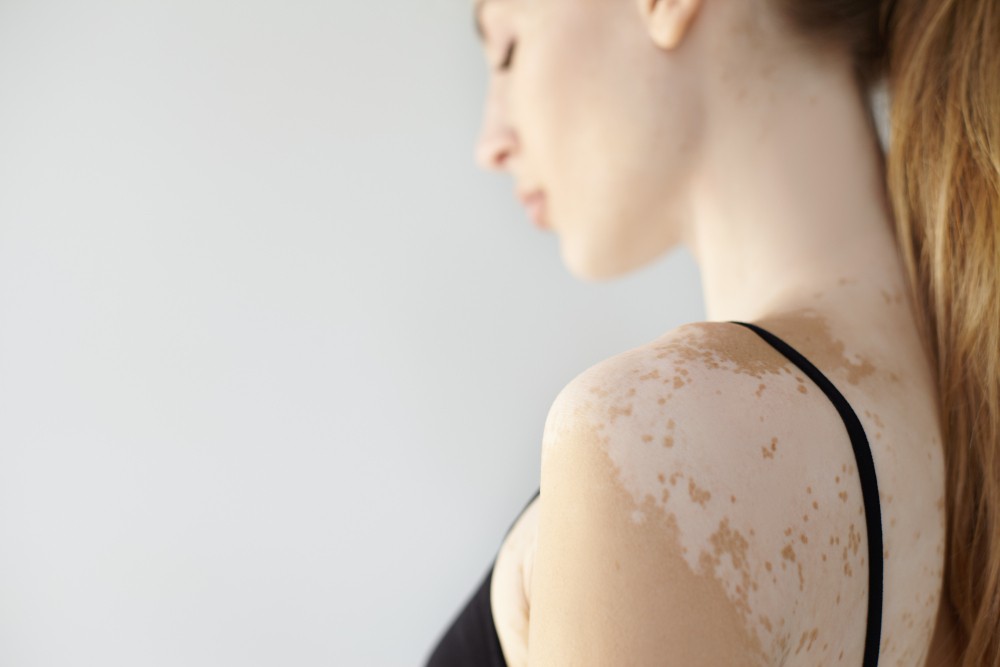Topical steroids (topical corticosteroids) are commonly used to treat skin inflammation and irritation. They are available in various forms, including creams, gels, ointments, foams, and lotions.
Steroid-containing creams are used to treat a variety of skin conditions, including eczema, psoriasis, contact dermatitis, lichen planus, and skin lupus. It is crucial to follow the instructions for using these creams to avoid unwanted side effects.
How topical steroids work?
Topical steroids reduce inflammation, redness, and itching of the skin. The active ingredients inhibit the local immune system's activity in the skin, reducing the production of inflammation-causing chemicals such as prostaglandins and cytokines.
Additionally, topical steroids help stabilize cell membranes in the skin layers, reducing leakage and protecting skin tissue. This mechanism makes topical steroids effective in treating a range of inflammatory skin conditions, including eczema, psoriasis, and dermatitis.
Side effects of topical steroid cream use
The use of steroid creams can result in side effects, especially if used excessively or not according to the instructions. Typical side effects include:
- Thinning of the skin
- Easy bruising
- Enlargement of blood vessels
- Unwanted hair growth, especially in the affected skin area
- Stretch marks
- Burning and stinging in the affected skin area
Steroid-containing creams may also cause withdrawal symptoms, including:
- Redness, stinging, and burning sensation after stopping use
- Swelling in the affected skin area
- Increased sensitivity of the skin after discontinuation
- Appearance of bumps on the skin
Preventing topical steroid side effects
To reduce the risk of side effects from using steroid creams, you can take several steps:
- Use steroid-containing creams as directed by your doctor or on the product label.
- Do not apply the cream more frequently or in larger quantities than recommended.
- Monitor your skin for changes while using the cream. If you notice any irritation, infection, or other skin issues, discontinue use and consult your doctor.
- Avoid using steroid-containing creams on infected or injured skin.
- Avoid prolonged use of steroid creams.
To avoid unwanted side effects, you should exercise caution when using steroid-containing creams. If you have skin inflammation and itching, consult a doctor to get treatment that is appropriate for your condition.
Have other questions related to creams that contain steroids or skin problems? You can make use of the consultation features that are available in the Ai Care application by downloading the Ai Care application from the App Store or Play Store.
Want to know information about other diseases? Click here!
- dr Nadia Opmalina
Heather L. Brannon, MD (2024). Topical Steroids: Uses, Formulations, Strengths, and Effects. Available from: https://www.verywellhealth.com/steroids-topical-steroid-strengths-1068832
Arthritis Foundation. How Safe Are Steroid Creams?. Available from: https://www.arthritis.org/diseases/more-about/how-safe-are-steroid-creams
Heather L. Brannon, MD (2023). Topical Steroid Side Effects. Available from: https://www.verywellhealth.com/steroids-topical-steroid-side-effects-1068831
NHS UK (2023). Side effects of hydrocortisone for skin. Available from: https://www.nhs.uk/medicines/hydrocortisone-for-skin/side-effects-of-hydrocortisone-for-skin/
NHS UK (2023). Topical corticosteroids. Available from: https://www.nhs.uk/conditions/topical-steroids/












